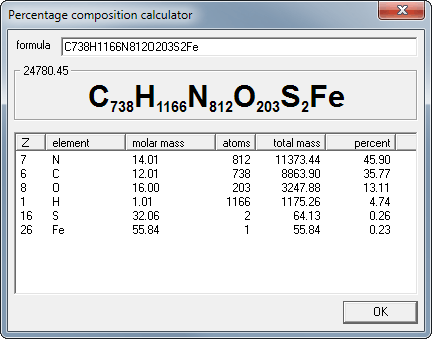
Today we learned about empirical formulas and how to create them. Molecular formulas show the actual bond between an atom and a molecule.
Ex. Cl8O4
An Empirical formula would show the bond between an atom and a molecule in its simplist form.
Ex. Cl2O
To find an empirical formula there are many steps involved i will now demonstrate what i learned in chemistry class today.
A sample of an unknown compound is analyzed and it contains 9g of Mg 15g of O and 5g of C
find the empirical formula.
You would want to start out by geting the molar mass of all the elements
Molar Masses:
Mg - 24
O - 16
C - 12
Then you would want to get there mass which you is stated above in the question.
Masses of elements:
Mg - 9g
O - 15g
C - 5g
After you would want to find the number of moles in each element you would do that by geting the mass and dividing it by the atomic mass.
Number of Moles:
Mg- 9 / 24 = .375mol
O - 15 / 16 = .938mol
C - 5 / 12 = .42mol
Then you would get your moles and divide it by the SMALLEST number of moles you got in this case it would .375mol.
Moles / SMALLEST mol :
Mg - .375 / .375 = 1
O - .938 / .375 = 2.5
C - .42 / .375 = 1.1
Then round your answers
Rounded answers:
Mg - 1
O - 3
C - 1
The final step would be get those numbers for each of the elements and put them in as subscripts. So the empirical formula would be MgO3C.
If you still want more help and example on empirical formulas this website should help.






